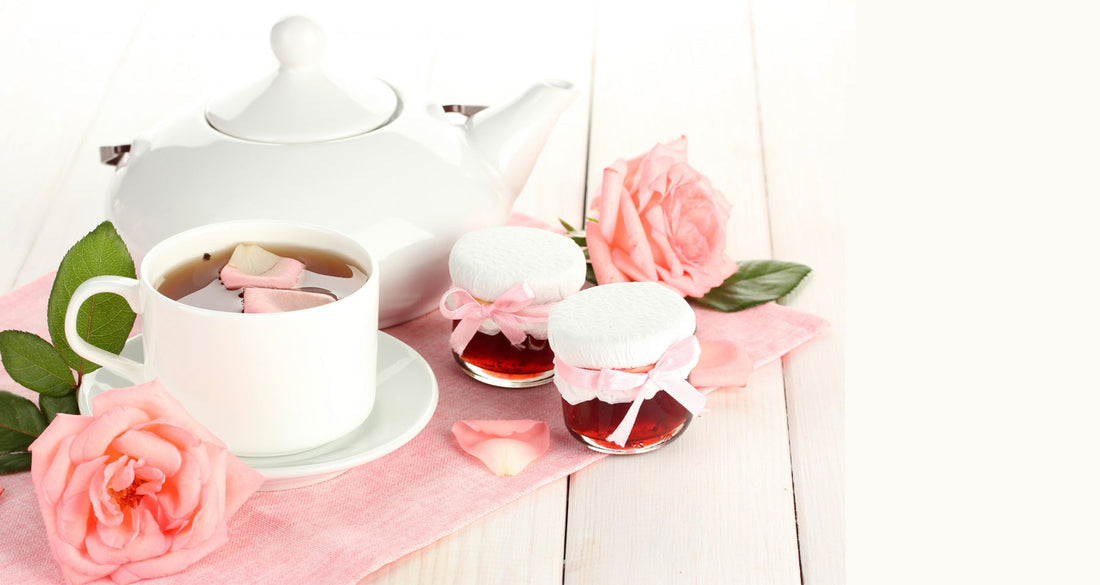Last week we discussed how all tea comes from the same plant – the Camellia sinensis. If this is true and there is only one tea plant, then how do we get five different types of tea and endless kinds of tea within each type?
There are three factors that determine the characteristics of tea.
- The variety of Camellia sinensis
- The environment the tea plant was grown in (known as terrior)
- The way the leaf was processed
This blog post will cover the first of three factors that determine the characteristics of tea- the varieties of the Camellia sinensis plant.
Camellia sinensis is a tropical/subtropical plant indigenous to Southeast Asia. “Sinensis” means “from China,” which was where tea was first discovered. Today, the Camellia sinensis plant is grown commercially all over the world.
There are three main varieties within the Camellia sinensis family. They are:
- Camellia Sinensis Sinensis
- Camellia Sinensis Assamica
- Camellia Sinensis Cambodiensis
Camellia Sinensis Sinensis
The OG of tea. This is the first tea plant to be discovered, recorded, and used to produce tea. Its first recorded use as a tea plant dates back three thousand years. The plant itself has a long productive life and there are some tea trees that are well over 100 years old.
The C. s. sinensis is known for its small, semi-erect leaves and its hearty tolerance to cold weather. It naturally grows in sunny regions with drier, cooler climates such as parts of China, Japan, Iran, and Turkey. Teas made from this varietal tend to be more fragrant than your average tea from other varietals.
Teas traditionally made from Camellia sinensis sinensis:




- Bai Mu Dan
- Gunpowder
- Dragonwell
- Sencha
Camellia Sinensis Assamica
The C. s. assamica was discovered in Assam, India in the early 19th century and is grown extensively in India, Africa, and Sri Lanka. It is the tallest of the C. sinensis varieties and can grow to a height of 98ft and live several centuries. The plant is very vigorous and prolific, but frost sensitive. It is highly suited to tropical climates, growing mainly on plains and in regions that enjoy abundant rainfall.
The Large, thick leaves of the C. s. assamica are less aromatic than C. s. sinensis leaves and produce a liquor that is robust and very dark when oxidized, making it the ideal candidate to become a strong black tea (which is not-so-coincidentally India's claim to tea fame).
Teas traditionally made from Camellia sinensis assamica:




- Assam
- Ceylon
- English Breakfast
- Earl Grey
Camellia Sinensis Cambodiensis
Don’t concern yourself too much with this variety. Tea derived from these leaves are less desired than the other varieties. As a result this variety is very rarely used for tea. It can be used to create new cultivars due to its excellent cultivar-friendly properties (hybridization).
I know that this was not the most exciting blog post in the world, but it is an important step in understanding where tea comes from and how tea gets its characteristics. Come back after the holidays to read about terroir, or as I like to call it, “The Taste of Place.”
Drink up!
Charles
P.S. I would not be doing a thorough explanation of plant varieties if I did not mention cultivars. Cultivars are plant species created through combining properties of other pre existing plants, often through hybridization or mutation. It’s not an important part of tea education by any means. Just know that it exists and can affect the characteristics of tea.

